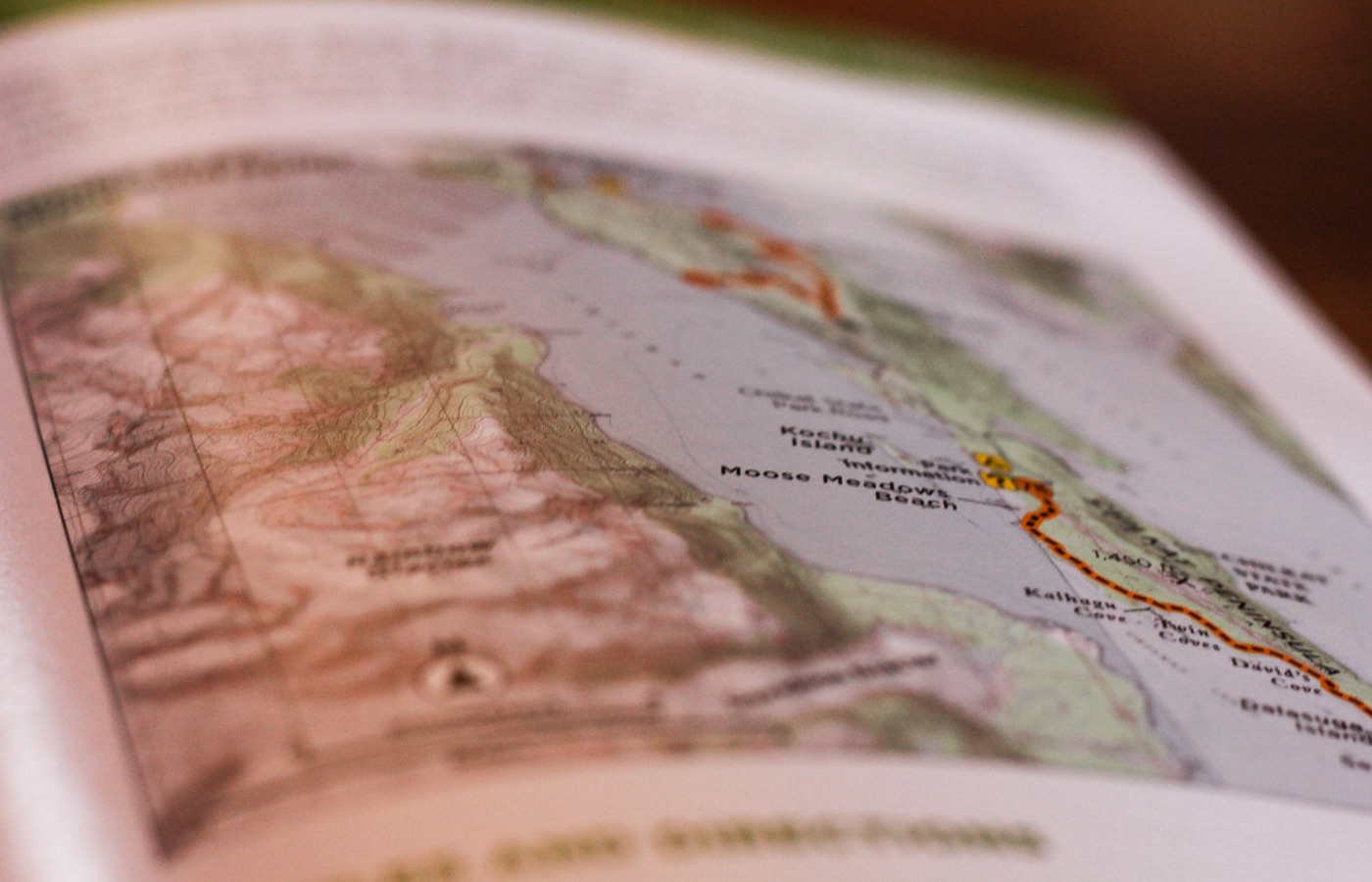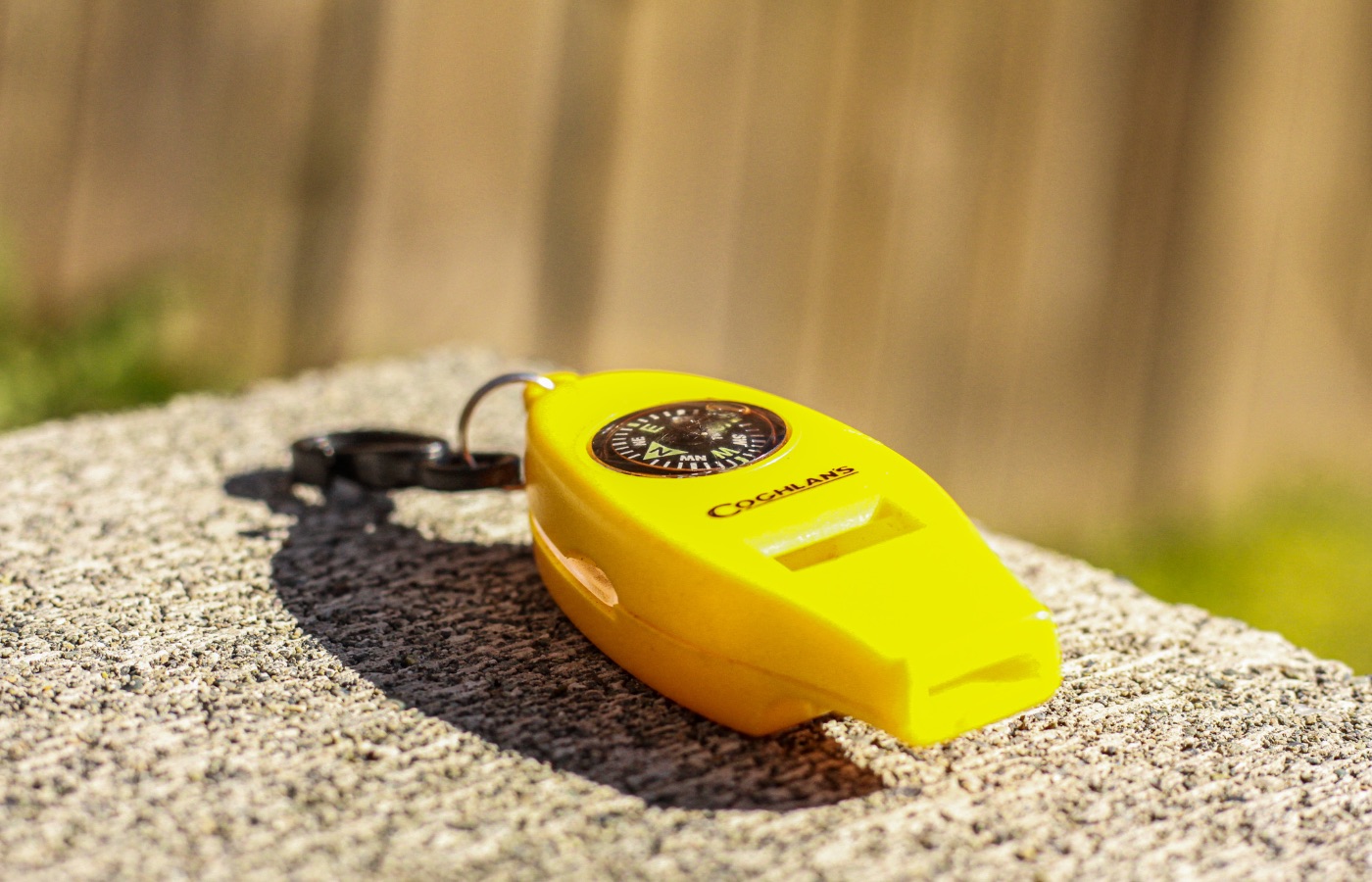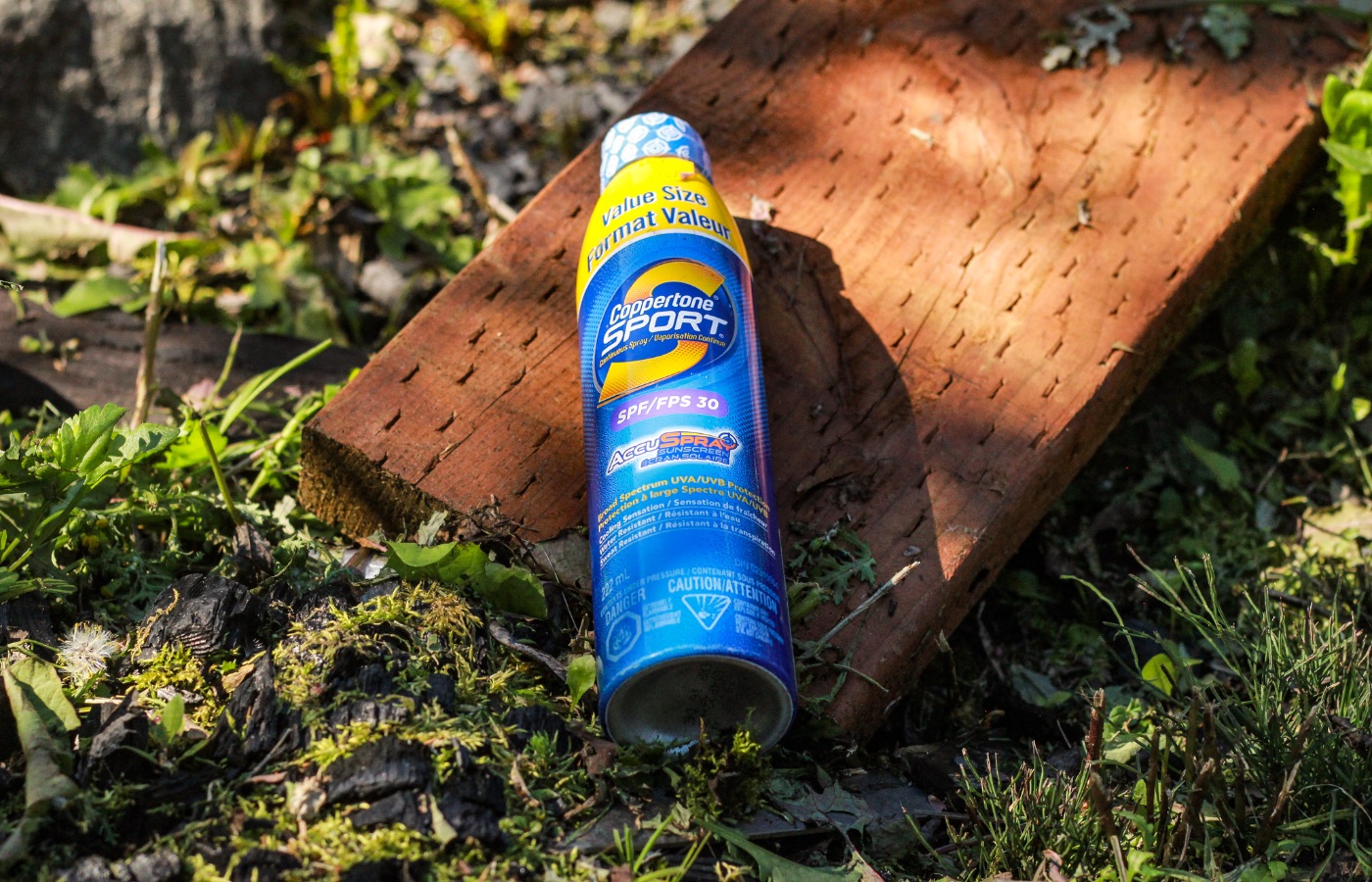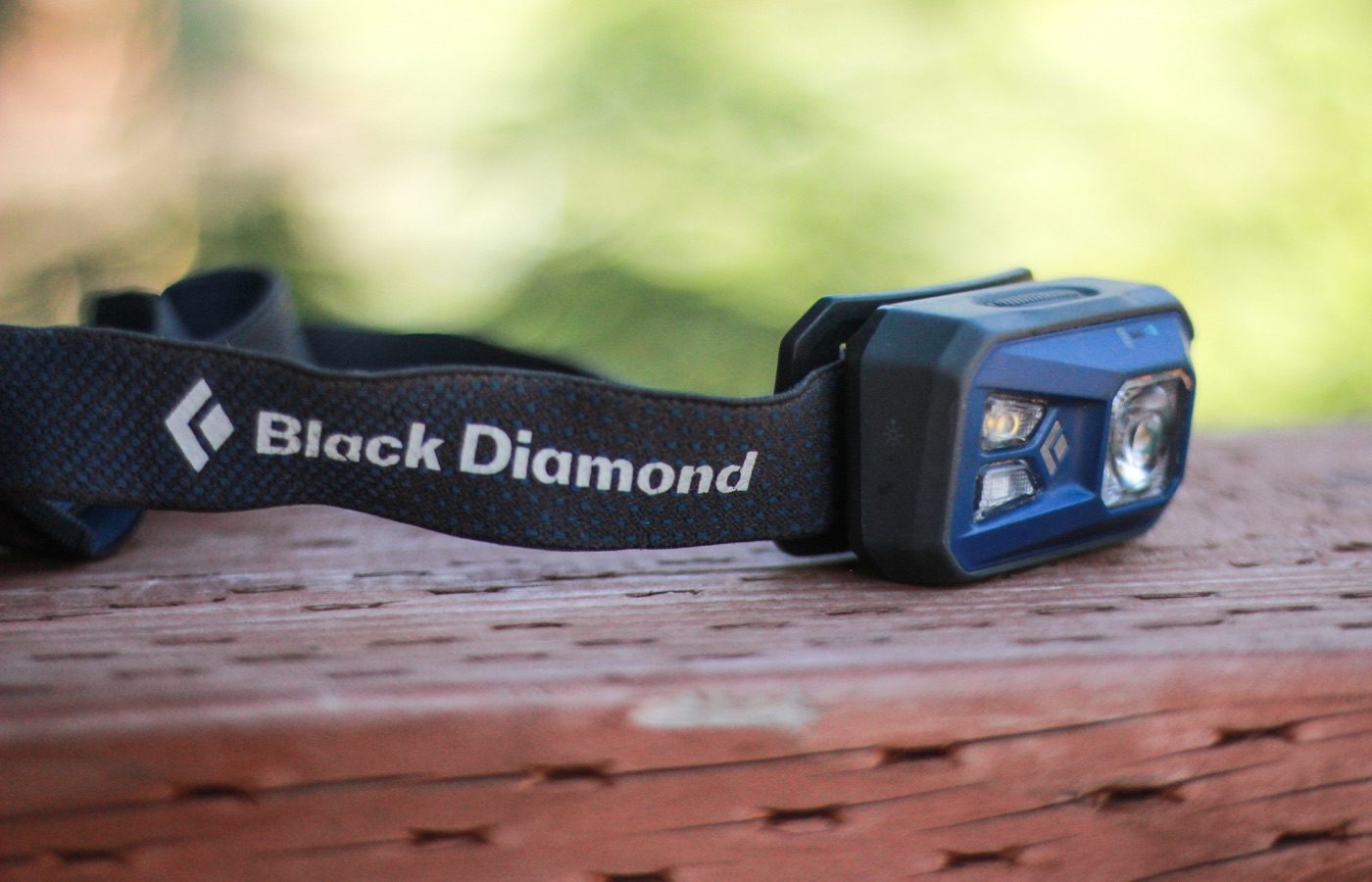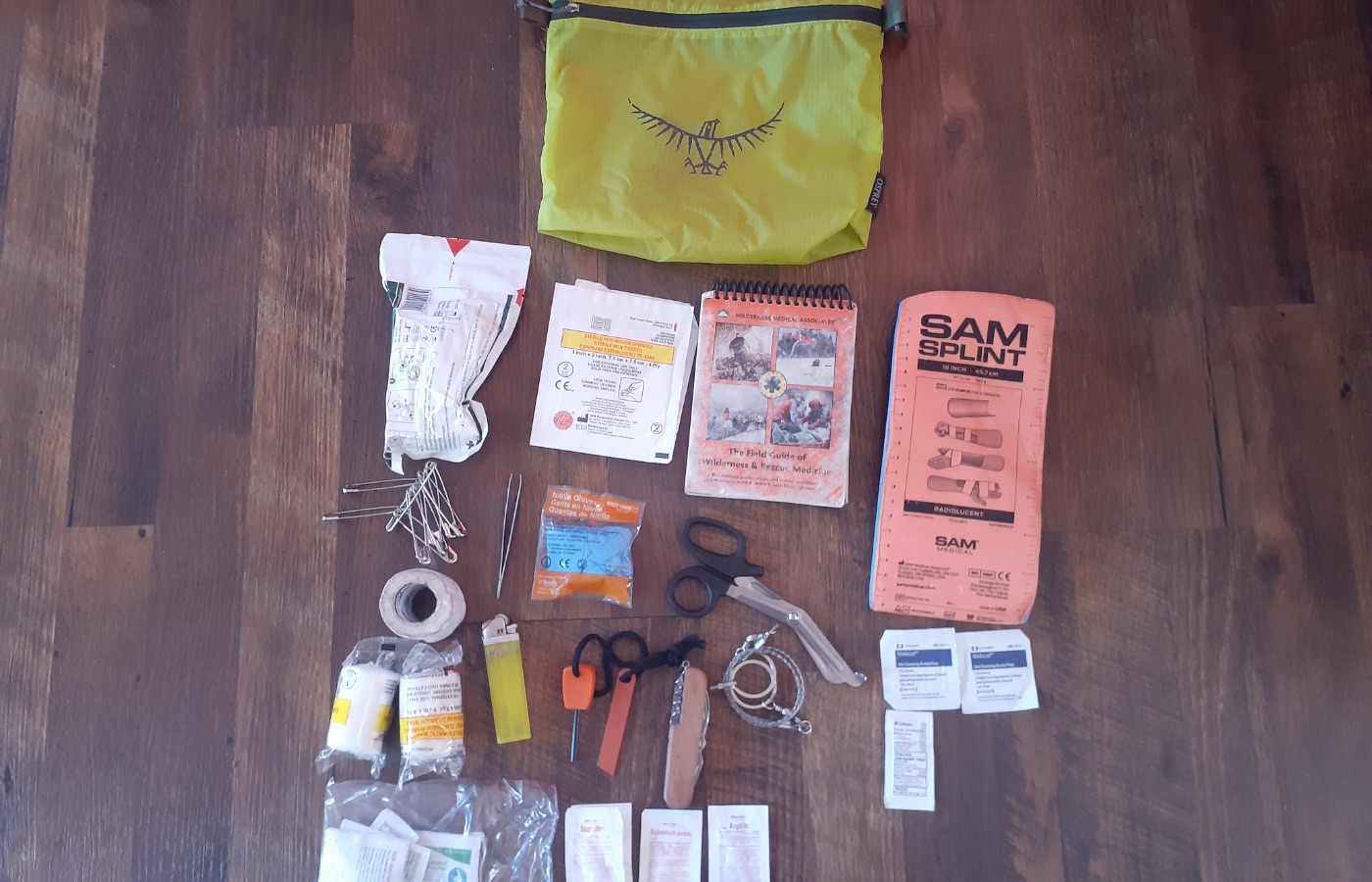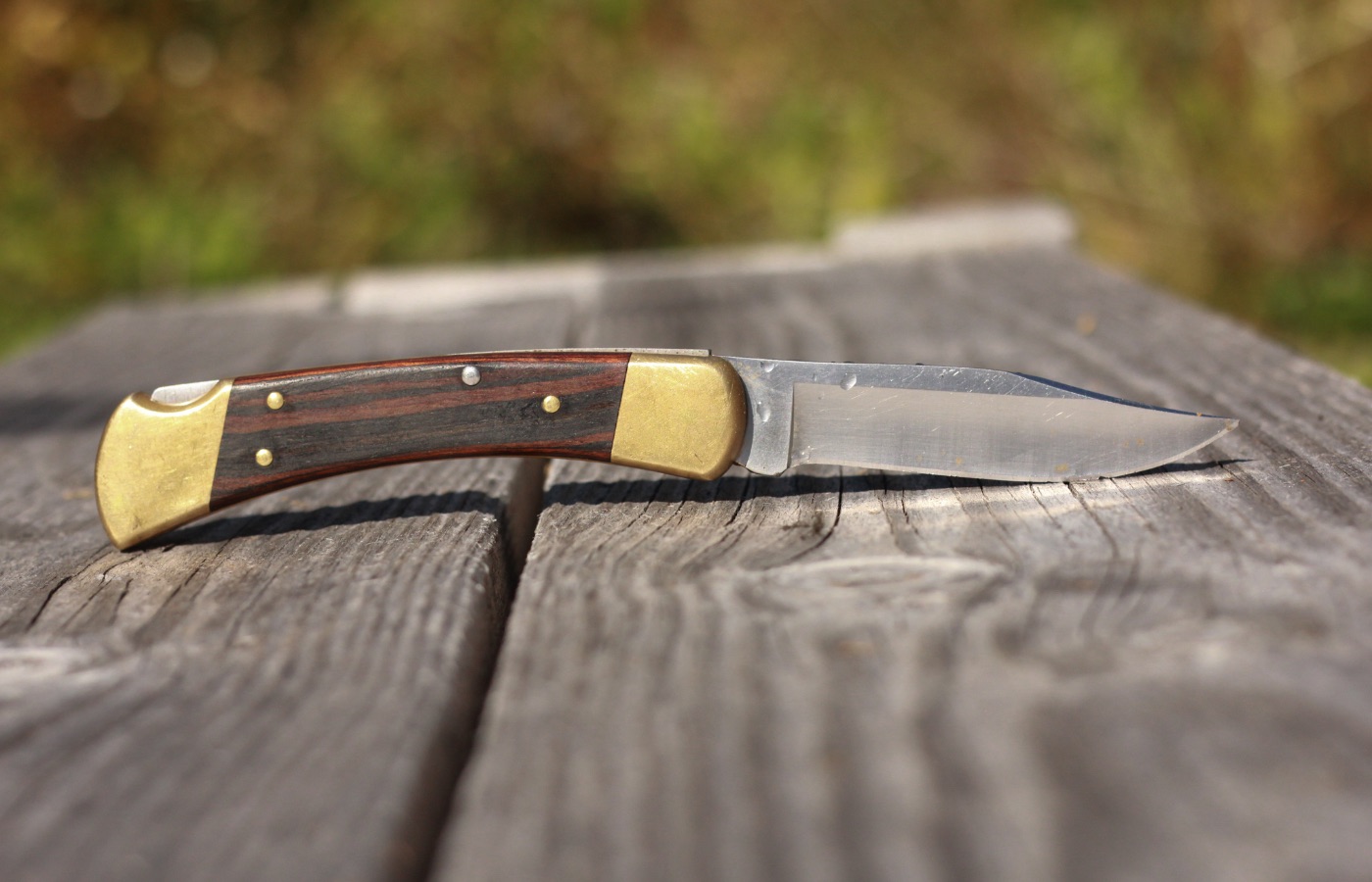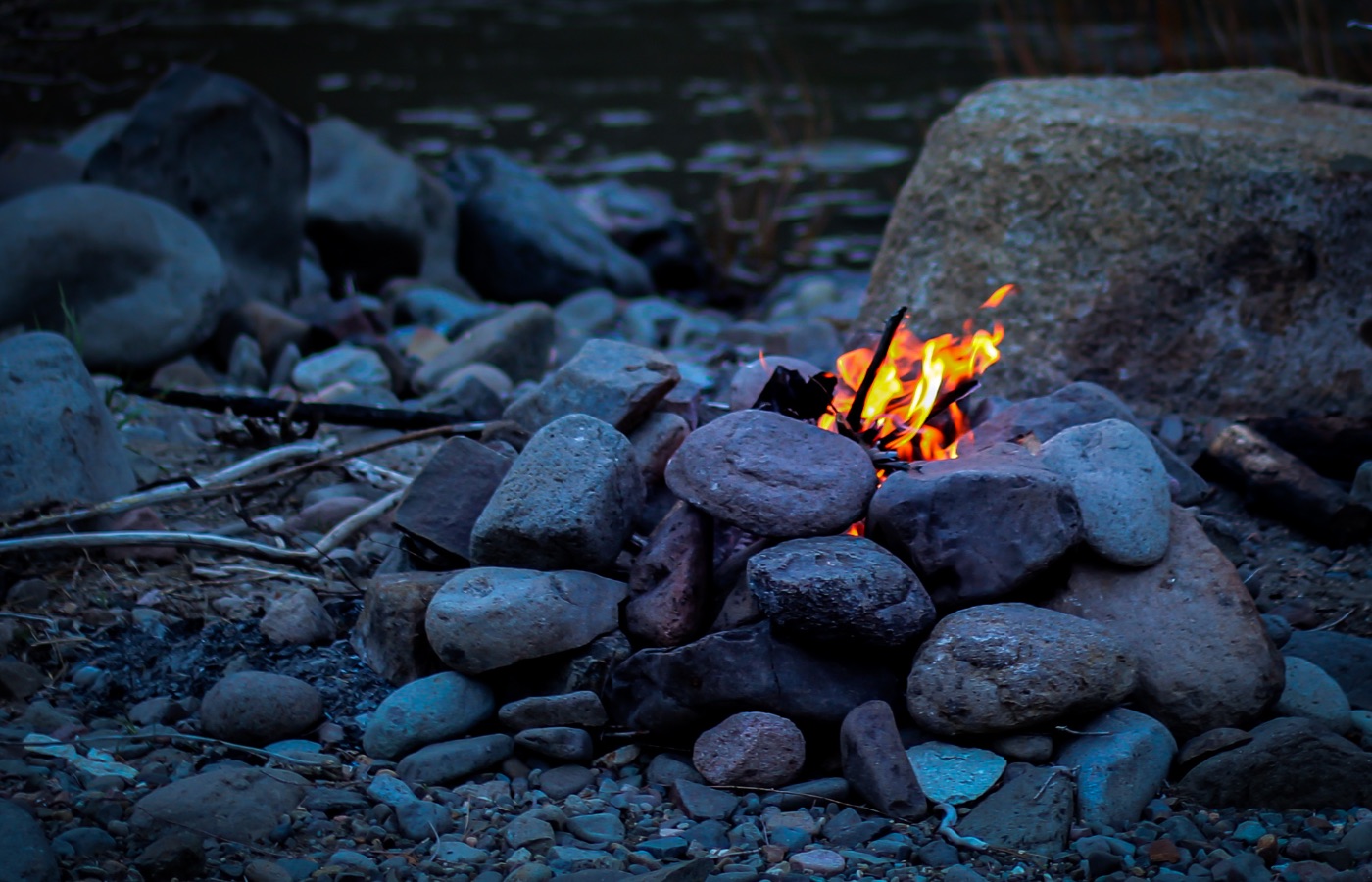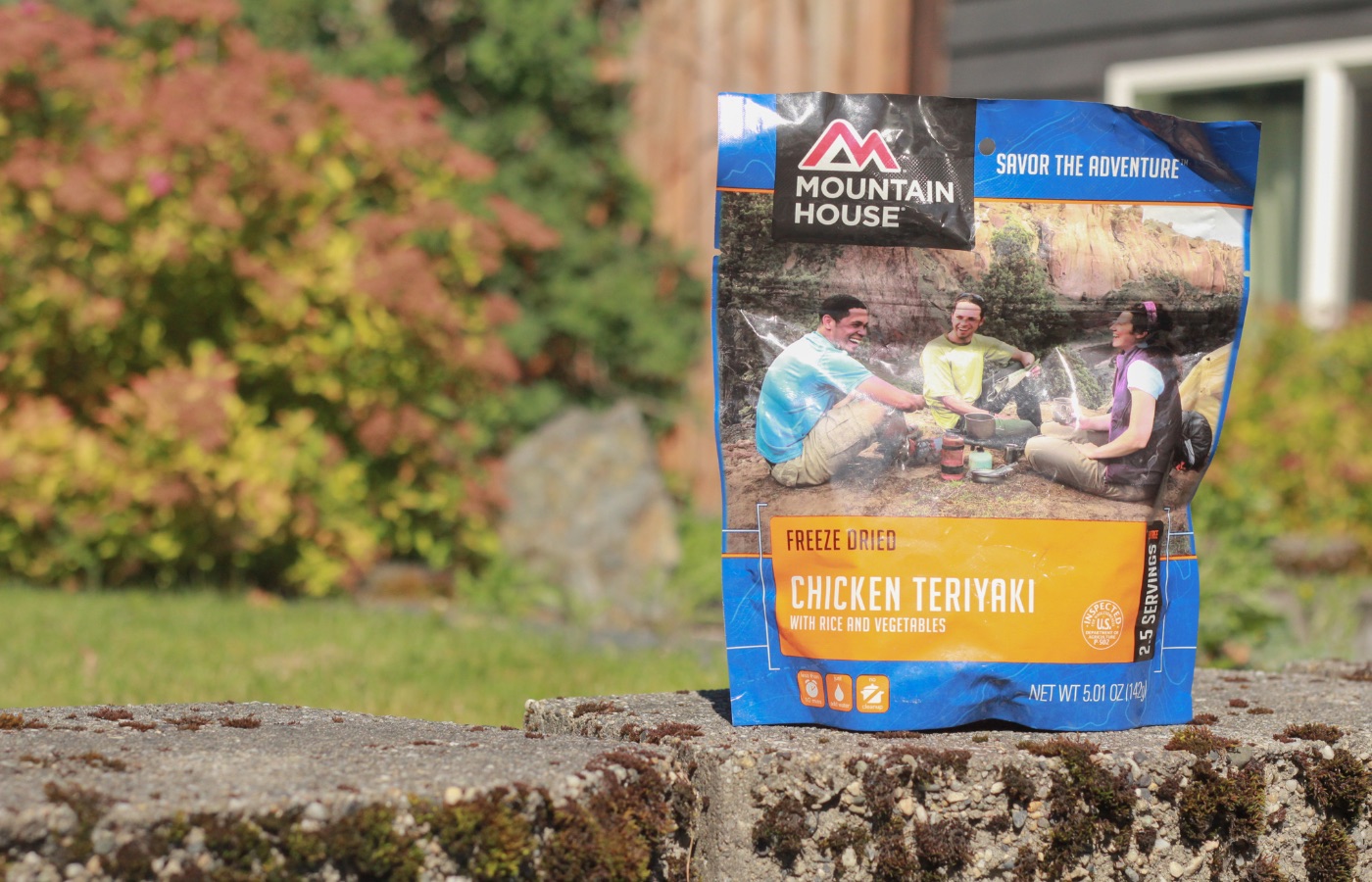The travel essentials are the must-have items on any outdoor adventure. Whether it’s a day hike or an extended backpacking trip, these items should be in your pack. Carrying the essentials ensures that you are ready to respond to an emergency if your excursion goes south. Mountaineers have been using these principles for nearly a decade and they’re considered the standard for surviving wilderness excursions. Without further ado, here are the ten travel essentials!
Map.
A map is among the most critical tool to have for navigation. Nowadays, we have GPS capabilities that make moving in the wilderness easier. However, all of the GPS devices have one drawback. They need a charge. A regular map does not need to be charged, which is fantastic!
Using Gaia GPS on a smartphone works well. A Garmin GPS as a backup in case of a phone battery dying or getting lost is an even better idea. As a third backup, carry a USGS Map for the zone you’re entering. Redundancy is critical here. Have a Plan B and Plan C. A map – definitely one of the travel essentials.
Compass.
Navigation is critical, and a compass is a great tool to make sure you’re still on track. The compass can come in many forms. Your phone has one, Gaia GPS has another, and Garmin GPS units have another still. But if all of the fancy mechanical devices fail, you’ll need an actual compass. Learning to use a map and compass together is essential, and practicing navigation skills is paramount. You may just need to rely on it someday.
Sun Protection.
Protection from the sun is essential, for skin cancer is a real thing. Many other complications can come from exposure to the sun. Snow-blindness has been a part of the Vagajobs network. A hat, sunglasses, sunscreen, or even a sun hoody from Anetik or Back Diamond are all-powerful protections against the big fiery ball in the sky.
Extra Clothing.
It’s essential to have enough clothing to survive in a worst-case scenario. The author has spent the night out in Yosemite National Park in shorts and a T-Shirt because he neglected to pack extra layers. It wasn’t fun. Never leave the trailhead without a proper layering system. Also, check your buddies pack and make sure they brought extra clothes because you might have to give them some of yours if they didn’t.
Headlamp.
The headlamp is the difference between spending a night out or finding your way back in the dark. It’s something that should live in your pack. Headlamps are essential over flashlights because it facilitates hands-free light wherever you look, allowing you to navigate obstacles and handle affairs without needing to put the torch in your mouth. We’ve all been there. Get a headlamp. We recommend the Black Diamond Revolt. It’ll save you a lot of money on batteries. Also, make sure you’re carrying an extra headlamp or a spare set of batteries in your pack—the last thing you want to fail is your light.
First Aid Supplies.
Surprisingly, a fair amount of folks seem to neglect a proper First Aid Kit on hikes. Sure, they can be bulky, and the need for them generally doesn’t occur, but when you need one, you need one. We recommend carrying, at the very least, one of these pre-built kits. However, many folks build there own to cater to more injuries than the pre-built packs do. Here’s some of what we recommend in a kit.
Sam Splint.
A Sam Splint is the easiest way to splint a fracture or sprain. Sure, you can use a stick, but it’s not going to be as slick. We strongly recommend picking one up.
Bleeding Management.
Carry a bleeding kit with plenty of Gauze, sterile gloves, trauma shears, and bandage wrap. You need to be able to stop the bleeding until more advanced help can arrive on scene.
Medication.
Consider an anti-inflammatory such as Ibuprofen and allergy relief medication such as Benadryl. A poison ivy/oak scrub is an excellent addition, and Neosporin to combat infection is necessary.
Emergency Rescue Device.
The Garmin Inreach Explorer +, a Spot, or another emergency beacon gives enormous peace of mind if a rescue is needed. It’s a bit pricey but worth the money. The Garmin Inreach series also has a built-in GPS, a Live Tracker, and satellite texting capabilities to check in with friends and family.
Knife.
A knife is a no brainer when going out into the wilderness. A blade can serve as protection from threats, cooking utensils, making tools, and so many other uses. A good knife is one of the best tools to have in the wild.
Fire.
Fire is essential for surviving in the wilderness. If you have a fire, you have everything. Warmth, a means to cook, a method to purify water, make tools, and so much more. Carry three lighters—one in the first aid kit, one in your pocket, and one in your pack. We recommend carrying a firestarter of some kind, such as a couple of cotton balls. At the bare minimum, carry enough toilet paper to start a fire, or know where to find highly flammable materials in the wild to get that initial spark to fly.
Water.
Not only a travel essential, but a very literal life essential. You can go for many days without food, but only about three without water. We recommend carrying a small, lightweight filter. This allows you to drink from nearly any water source. Iodine tablets are also a popular way to clean water for drinking. If all else fails, you can boil water, and it is safe to drink when it cools down!
As far as water containers, the Platypus bags, and the Camelbak reservoirs are nice. They store tiny when you don’t need them, and the Camelbak allows you to drink from the bladder while you’re hiking without getting into your pack. Nalgene bottles are also very popular, though somewhat cumbersome. At least they won’t break! (probably)
Extra Food.
And last, but certainly not least, on our list of travel essentials is food. It’s a great idea to pack an extra day’s worth of food if something goes awry during your adventure. It gives you a little wiggle room if you get into trouble. Also, carrying sugary and salty foods will help in a medical emergency for a diabetic or someone that is hyponatremic, or needs extra calories to fight through a condition. It never hurts to have snacks. It’s worth the weight.

